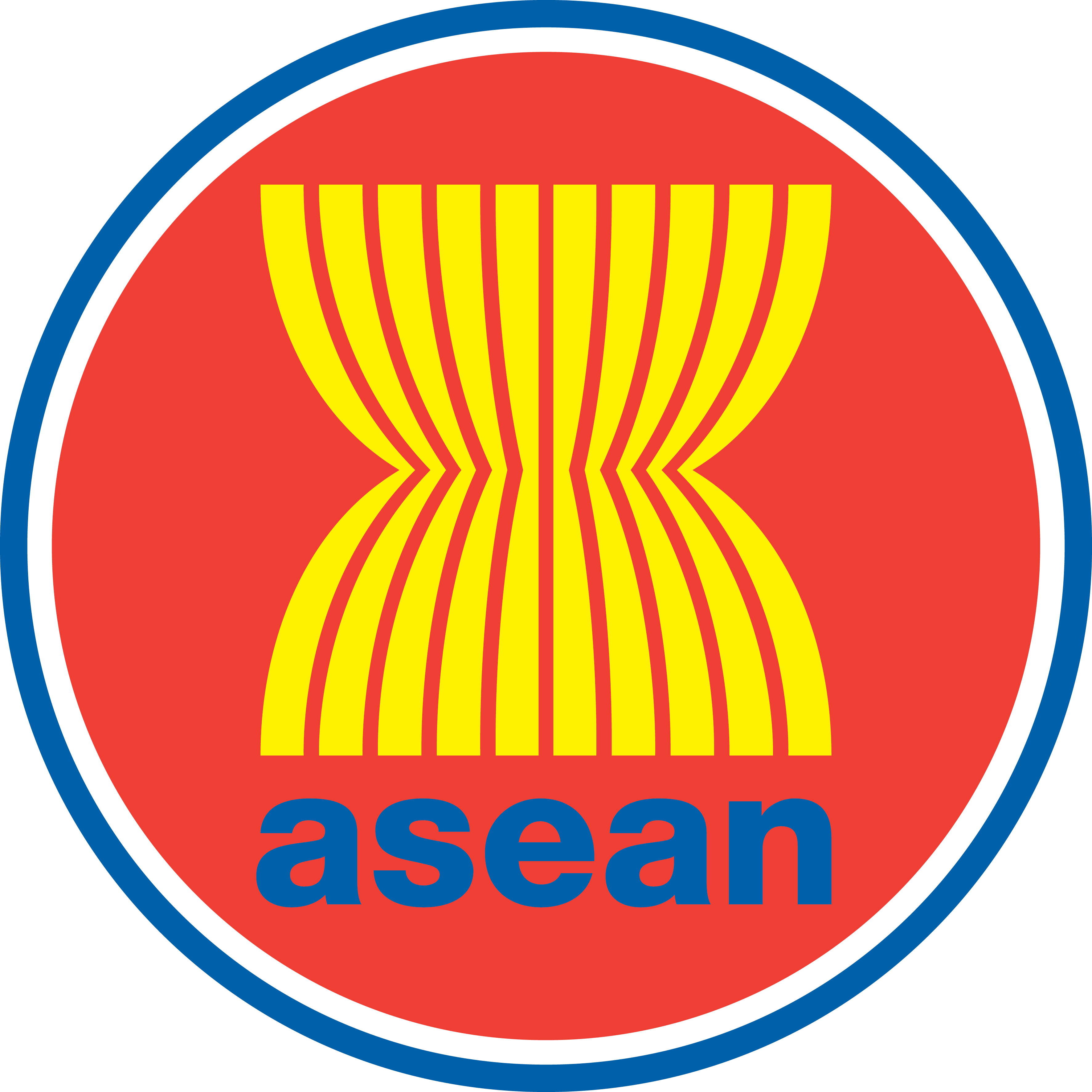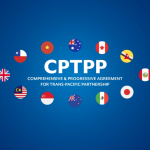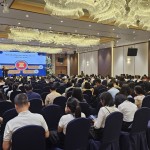Total number of posts 463.
Substantial advances
To date, intra-regional trade accounts for about 25% of ASEAN's total trade turnover. The GDP of the whole bloc in 2021 will reach USD 3,360 billion, an increase of more than 30% compared to 2015 when the ASEAN Community was established.
Despite the pandemic and rising geopolitical tensions in the current period, ASEAN has always remained steadfast in its commitments to the regional economic integration program, with a growth rate of 3.0% (in 2021). fueled by a strong recovery in consumption, investment, and trade, supported by the successful implementation of vaccination programs that helped reopen economies in the region. As of June 2022, the full-dose vaccination rate in ASEAN has reached 66.9%, while 27.9% of the population has been vaccinated. Growth momentum will continue to be optimistic through 2022 - 2023, with growth forecasts of 4.9% and 5.2% respectively.
As the transition to a circular economy, carbon neutrality, and digital economy will drive the region's development in the coming years, ASEAN is moving towards sustainability and digitalization.
ASEAN has been flexible and made significant progress in keeping its markets open to trade and investment through the implementation of the ASEAN Comprehensive Recovery Framework (ACRF). That confirmed the commitment to cooperate towards a sustainable recovery after the pandemic through ACRF's 5 strategies: health system, human security, economic integration, comprehensive digital transformation, and sustainability.
Building the ASEAN Community on three pillars
During the 55-year journey of establishment and development, ASEAN has been gradually completing the goal of building the ASEAN Community on three pillars: political security, economy, and socio-culture. In particular, for the region's economic prosperity, ASEAN always affirms its commitment to enhancing regional economic integration by promoting the master plans of the ASEAN Economic Community (AEC) and the immediate AEC 2025.
For trade in goods, ASEAN kicked off the negotiation process to upgrade the ASEAN Trade in Goods Agreement (ATIGA) in March 2022, to ensure that ASEAN remains relevant, modern, and forward-looking. and respond better to regional and global developments. ASEAN has also revised the Certificate of Origin Form D from May 1, 2022, adopted product-specific rules (PSR) and progressed to improve the rules of origin in ATIGA to facilitate trade. trade in the region. Currently, four ASEAN countries including Indonesia, Malaysia, Thailand, and Vietnam have fully issued electronic Certificates of Origin Form D to reduce time and administrative costs for businesses.
With respect to trade in services, ASEAN has made progress in promoting and facilitating the cross-border movement of natural persons in relation to the provision of trade in goods, trade in services, and investment in a way that contributes to strengthening regional integration. ASEAN also made progress in the implementation of the ASEAN Trade in Services Agreement (ATISA), the ASEAN Services Facilitation Framework (ASSF) as a possible policy measure to address the administrative burden and unnecessary management, contributing to reducing costs in the field of service trade.
For investment, ASEAN has promoted the principles and methods of converting the reservation list of the ASEAN Comprehensive Investment Agreement (ACIA) to an opt-out approach consisting of two annexes. In particular, it is expected that the Fifth Protocol amending ACIA to set out these agreed principles and methods will be signed next year. This transformation will not only bring greater certainty and transparency to investors, stronger discipline to strengthen the investment regime in ASEAN.
Towards a Global ASEAN
The Regional Comprehensive Economic Partnership (RCEP) entered into force on January 1, 2022, kicking off the creation of the world's largest free trade area, covering one-third of the global market, generating 30.6% of the world's nominal GDP and 28.7% of the world's GDP by 2021. This is a huge achievement of ASEAN during 8 years of negotiations in particular and demonstrates ASEAN's determination on the way. regional economic integration, bringing together ASEAN's major dialogue partners in the Asia-Pacific.
In addition to existing FTAs, ASEAN is negotiating an agreement with Canada to further strengthen ASEAN's commitment to market opening and rules-based trade and investment. ASEAN is also working to upgrade the ASEAN+1 to modernize commitments to stay relevant and able to contribute to post-pandemic recovery and future economic resilience by how to make FTAs responsive to regional and global challenges. Through economic cooperation programs with ASEAN, dialogue partners have continued to contribute to ASEAN's community-building process and promote the integration of economies with ASEAN.
Source: Công Thương News















